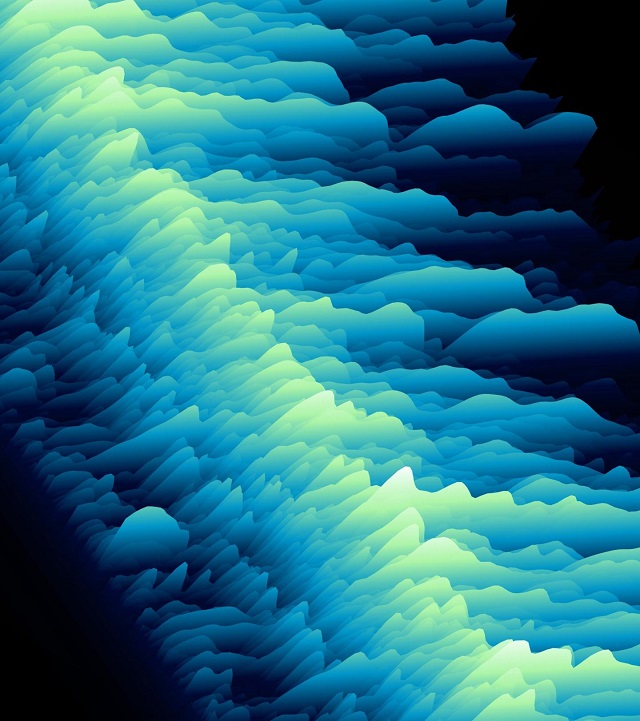GOVERNMENT
New machine learning algorithm recognizes distinct dolphin clicks in underwater recordings

Machine learning approach could help scientists monitor wild dolphin populations
Scientists have developed a new algorithm that can identify distinct dolphin click patterns among millions of clicks in recordings of wild dolphins. This approach, presented in PLOS Computational Biology by Kaitlin Frasier of Scripps Institution of Oceanography, California, and colleagues, could potentially help distinguish between dolphin species in the wild.
Frasier and her colleagues build autonomous underwater acoustic sensors that can record dolphins' echolocation clicks in the wild for over a year at a time. These instruments serve as non-invasive tools for studying many aspects of dolphin populations, including how they are affected by the Deepwater Horizon oil spill, natural resource development, and climate change.
Because the sensors record millions of clicks, it is difficult for a human to recognize any species-specific patterns in the recordings. So, the researchers used advances in machine learning to develop an algorithm that can uncover consistent click patterns in very large datasets. The algorithm is "unsupervised," meaning it seeks patterns and defines different click types on its own, instead of being "taught" to recognize patterns that are already known.
The new algorithm was able to identify consistent patterns in a dataset of over 50 million echolocation clicks recorded in the Gulf of Mexico over a two-year period. These click types were consistent across monitoring sites in different regions of the Gulf, and one of the click types that emerged is associated with a known dolphin species.
The research team hypothesizes that some of the consistent click types revealed by the algorithm could be matched to other dolphin species and therefore may be useful for remote monitoring of wild dolphins. This would improve on most current monitoring methods, which rely on people making visual observations from large ships or aircraft and are only possible in daylight and good weather conditions.
Next, the team plans to integrate this work with deep learning methods to improve their ability to identify click types in new datasets recorded different regions. They will also perform fieldwork to verify which species match with some of the new click types revealed by the algorithm.
"It's fun to think about how the machine learning algorithms used to suggest music or social media friends to people could be re-interpreted to help with ecological research challenges," Frasier says. "Innovations in sensor technologies have opened the floodgates in terms of data about the natural world, and there is a lot of room for creativity right now in ecological data analysis."
